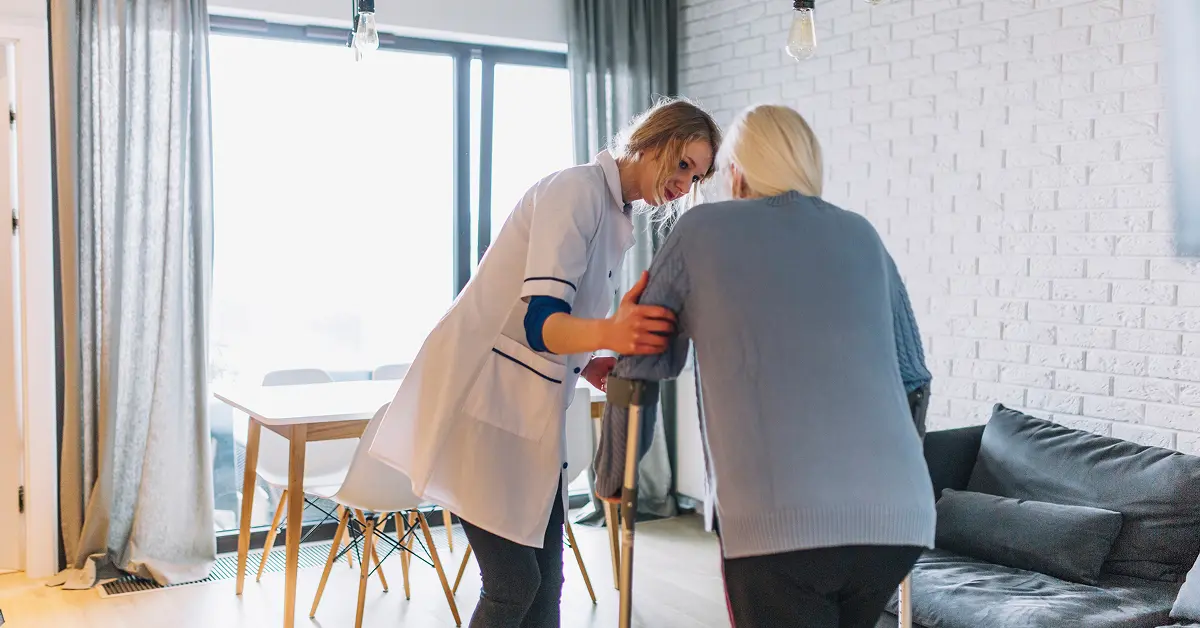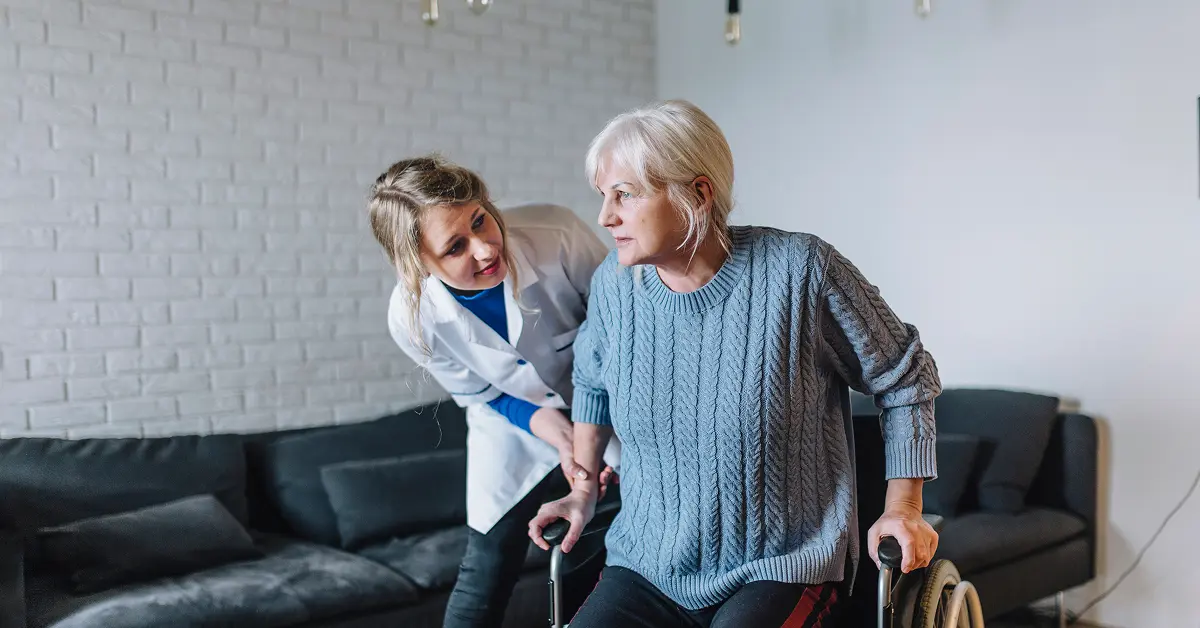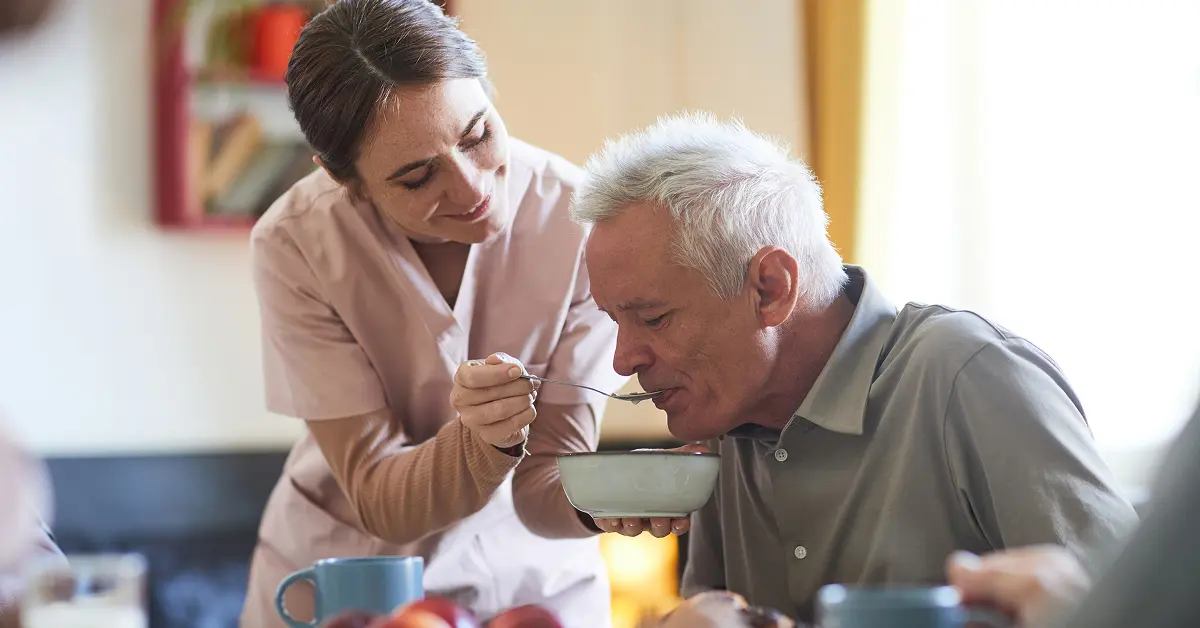Caring for a loved one is a deeply rewarding but challenging responsibility. Family caregivers often provide essential support for elderly parents, disabled relatives, or chronically ill family members. While the role is vital, it can also be demanding — both physically and emotionally. To ensure you have the right skills and knowledge to provide quality care, becoming a certified family caregiver can be a game-changer.
In this blog post, we’ll explore what it means to be a certified family caregiver, why certification matters, the step-by-step process to get certified, and how it benefits you and your loved one.
What is a Family Caregiver Certification?
A family caregiver certification is an official recognition that you have completed specialized training and met certain standards to provide professional-quality care to a family member. This certification usually covers topics like:
- Personal care assistance (bathing, dressing, grooming)
- Medication management
- Nutrition and meal preparation
- Mobility and safety techniques
- Communication skills
- Emergency procedures and first aid
- Understanding chronic conditions or disabilities
Certification programs vary by state or country, and some may be offered through healthcare institutions, community colleges, or government agencies.
Why Get Certified as a Family Caregiver?
You might wonder, “Is certification really necessary if I’m caring for my own family member?” The answer depends on your goals and situation, but here are some strong reasons why certification can be valuable:
Improved Care Quality
Training equips you with the knowledge and techniques to provide safer, more effective care. This can improve your loved one’s comfort, health, and overall quality of life.
Access to Financial Support
Some states or programs require caregiver certification for eligibility to receive stipends, reimbursement, or benefits for family caregivers.
Peace of Mind
Certification builds your confidence and reduces stress by helping you understand how to manage complex medical needs or emergencies.
Professional Development
If you decide to turn caregiving into a career, certification is often a prerequisite for many home health aide or personal care aide jobs.
Recognition and Credibility
Certification validates your commitment and skills to family members, healthcare providers, and agencies.
Who Can Become a Certified Family Caregiver?
Most programs allow family members providing unpaid care to qualify. Eligibility may include:
- Being a relative or legal guardian of the care recipient
- Providing a minimum number of caregiving hours per week
- Caring for someone with a qualifying condition (e.g., elderly with disabilities, chronic illness)
- Meeting age requirements (often 18+)
Check with local or state health departments or caregiver support organizations to find specific eligibility criteria where you live.
Step-by-Step Guide: How to Get Certified as a Family Caregiver
Step 1: Research Certification Programs in Your Area
The first step is identifying available certification programs. These can be found through:
- State Medicaid programs (some states have “Consumer Directed Care” programs offering training and certification)
- Local Area Agencies on Aging
- Community colleges or vocational schools
- Nonprofits like the National Family Caregiver Support Program
Use online resources or contact these organizations to learn about courses, costs, schedules, and certification requirements.
Step 2: Enroll in a Training Course
Once you find a program that suits your needs, enroll in the training course. Many programs offer flexible options:
- In-person classes
- Online training modules
- Hybrid formats
Training length varies but typically ranges from 10 to 40 hours. Some programs may also include hands-on clinical training.
Step 3: Complete Required Coursework
Training usually covers:
- Basic caregiving skills
- Health and safety protocols
- Medication administration basics
- Communication with healthcare providers
- Managing specific conditions (e.g., dementia, diabetes)
- Legal and ethical responsibilities
You’ll likely need to complete quizzes, practical demonstrations, or a final exam.
Step 4: Pass Certification Exam or Evaluation
After coursework, you may need to pass a written test, skills demonstration, or both. This ensures you have mastered the essential caregiving competencies.
Step 5: Submit Application and Documentation
Once you complete training and exams, submit your certification application along with proof of training, ID, and any other required documentation.
Step 6: Maintain Certification
Some programs require ongoing education or periodic recertification to keep your certification current. Stay informed about renewal deadlines and continuing education options.
Additional Tips for Aspiring Certified Family Caregivers
- Seek Support: Connect with caregiver support groups or forums to share experiences and advice.
- Stay Organized: Keep a caregiving journal to track medication schedules, doctor visits, and care routines.
- Advocate for Yourself and Your Loved One: Certification can empower you to communicate more effectively with healthcare providers.
- Leverage Technology: Use caregiving apps or tools to monitor health data and reminders.
- Prioritize Self-Care: Certified or not, caregiver burnout is real. Take breaks and seek respite care when needed.
Financial Assistance for Family Caregiver Certification
If course fees or time commitment seem daunting, check for financial aid options:
- State Medicaid waiver programs may cover certification training costs.
- Nonprofits and foundations sometimes offer scholarships or grants.
- Some employers provide caregiving support or training benefits.
Real-Life Success Story
Consider Sarah, who cared for her elderly father with Alzheimer’s disease. Before certification, Sarah struggled with managing his medication and behavioral challenges. After completing a certified family caregiver course through her state’s Medicaid program, she gained critical skills and confidence. Sarah now feels equipped to provide safer care and has even been able to get a stipend to help cover caregiving expenses.
Conclusion
Becoming a certified family caregiver is a meaningful way to enhance your caregiving abilities and improve the well-being of your loved one. Whether you want to increase your caregiving skills, qualify for financial support, or pursue a professional career in caregiving, certification is a valuable step.
Start by researching programs in your area, enroll in training, and complete certification requirements. Along the way, remember to take care of yourself as you care for others. With the right knowledge, support, and certification, you can make a profound difference in your family’s life.
If you’re ready to take the first step or want more information about family caregiver certification programs near you, feel free to ask! I’m here to help.
Contents
- What is a Family Caregiver Certification?
- Why Get Certified as a Family Caregiver?
- Who Can Become a Certified Family Caregiver?
- Step-by-Step Guide: How to Get Certified as a Family Caregiver
- Additional Tips for Aspiring Certified Family Caregivers
- Financial Assistance for Family Caregiver Certification
- Real-Life Success Story
- Conclusion
Our 24*7 services
Latest Posts
- What Is Respite Care and Why Is It Important
- Affordable home care for senior citizens in India
- Caring for Seniors with Dementia or Alzheimer's at Home
- Senior Caregiving A Guide for Every Family
- How to Write a Caregiver Resume That Gets You Hired
- How Care After Hospital Discharge Speeds Up Recovery at Home
- How to Get Home Health Care for Seniors Through Medicare
- What Does a Senior Citizen Caregiver Really Do at Home
- How to Care for Elderly Parents with Alzheimer’s or Dementia
- How to Get 24-Hour Care for Seniors at Home



